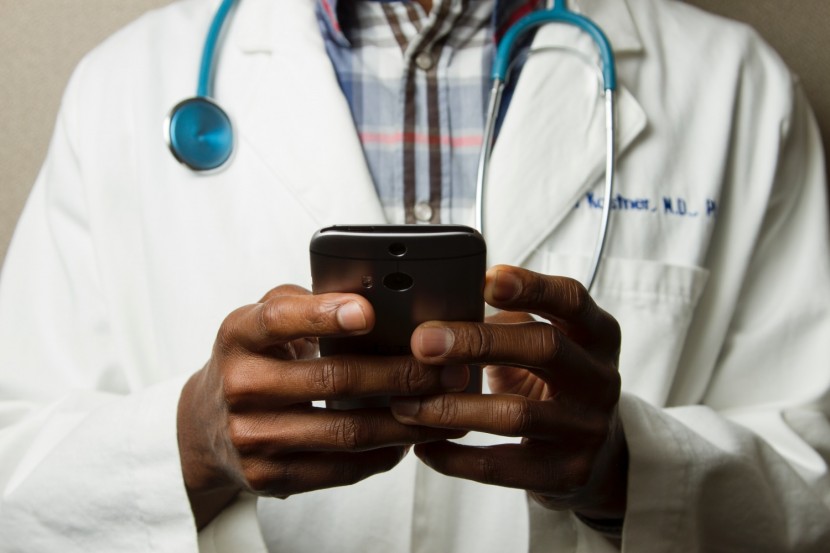
Telehealth is a form of medical care that is available over long-distance, through the use of communications technology such as telephones, the Internet, and computers. With telehealth, people are able to do things like get prescriptions filled, talk to a therapist, or get diagnosed without ever having to leave the comfort of their own home.
Telehealth has helped a lot of people manage many illnesses. However, some people are questioning whether telehealth is just a passing fad or if it will stick around for the years to come. In this article, we'll address these questions.
What is telehealth? Why is it helpful?
While many people only became aware of the term telehealth recently, it's actually been around for quite some time.
The very first origins of telehealth could be traced back to the early 1900s, when the sound of a person's heartbeat would be transferred over the phone to a medical professional. A diagnosis could then be made by a medical professional, or further transmissions could be sent to a radio consultation center.
In the decades that followed, it became more and more common for doctors to diagnose patients over the phone. Patients could describe symptoms to their doctors, receive a relevant diagnosis, and be given proper treatment plans. In some places, doctors would be able to phone prescriptions into a pharmacy and patients would then be able to pick them up.
Nowadays, there are many different ways that a person can receive telehealth assistance.
It is still possible in many areas to communicate with doctors over the phone. Many clinics and health facilities offer telehealth on the internet: you can connect with a doctor via email or through a live chat system. It's also possible to connect with doctors and even mental health professionals via video chat on your computer or over your smartphone. There are now more telehealth websites than ever that cover this industry.
There are a number of reasons that telehealth is helpful for people.
- Telehealth allows people to receive assistance without having to leave their home and pay for transportation to their doctor's or therapist's
- Telehealth allows for people to seek mental and physical health care even if they don't live in close proximity to a doctor
- Telehealth makes medical assistance and diagnoses readily available even for people who are physically disabled or unable to leave their homes
As you can see, there are a lot of reasons that telehealth can be useful. There are two main types of telehealth, real-time and slow-time.
- Real-time telehealth, also known as synchronous telehealth, actually involves communication with a healthcare provider. They will be able to talk to you in real-time, providing you with a diagnosis or prescription.
- Slow-time telehealth, also known as asynchronous or store-and-forward telehealth, is not in real-time. During this type of telehealth, images, documents, or other medical information is sent to a health care worker. They will review this information and respond later, once a conclusion has been reached.
Conclusion - Is Telehealth Here to Stay?
All one really has to do to determine whether or not telehealth is going to stay is to consider how long it's been around for. Ever since the invention of the first long-distance communications device - the telephone - doctors have been offering telehealth and patients have been eager to use it.
As communications technology continues to improve, so does the development of telehealth. One can be relatively certain that demand for telehealth will only continue to rise, and that telehealth will be around for a long time.
© 2025 HNGN, All rights reserved. Do not reproduce without permission.








